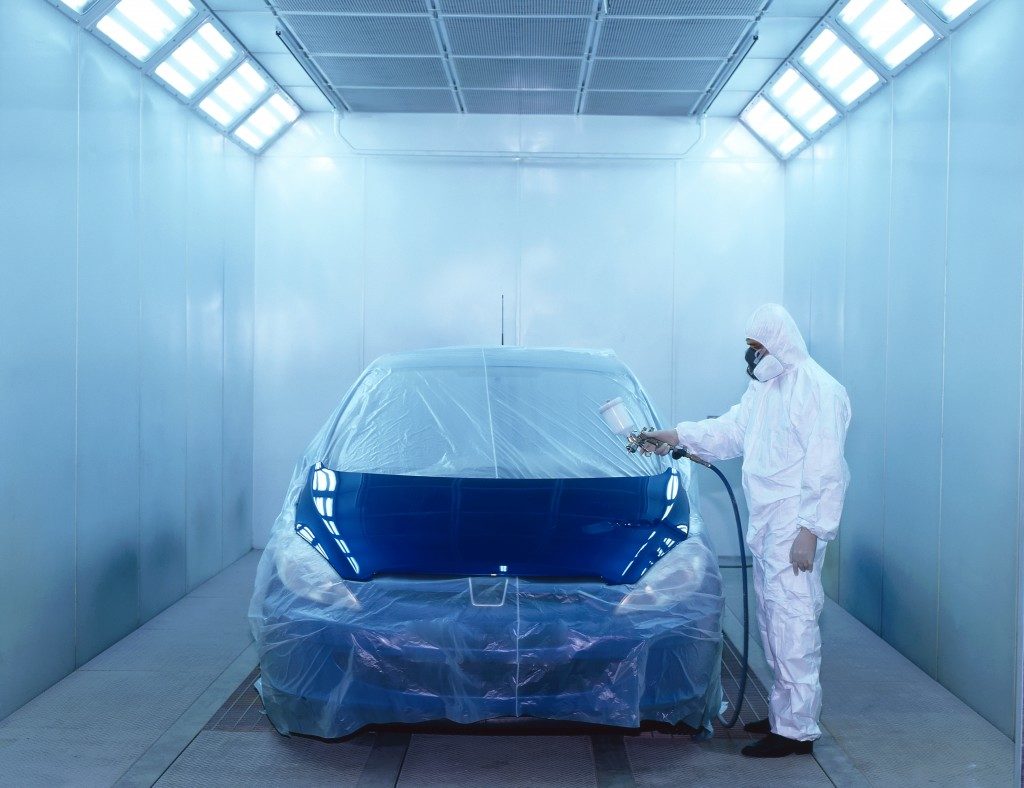Purchasing a pre-loved car seems to be the more affordable idea than getting yourself a brand new one. However, we all know that we need to be keen in inspecting the vehicle to ensure we are getting a good deal.
The problem, sometimes, is that we forget to look into the minor details, such as window tinting, that could have a significant impact in the long run be it financially, legally, or functionally.
Next time you’re buying used car, ensure each of these is accounted for:
1. Window tint
There’s nothing wrong in buying a car with tinted windows but there are some details you have to check. First, give the tint application a once-over. Are there air bubbles or is the placement crooked? Either of the two can be downright messy.
Also, check the darkness. States have different laws regarding its Visible Light Transference (VLT) rate ranging from 20% to 70% or even higher. In addition, the type of tint used in a car may interfere with radio and cellphone signals, so you check if you have to replace it altogether.
2. Glass
Speaking of windows, you should also inspect the glass all over the vehicle. Small cracks or dents are common; however, if it’s on the windshield, it could be a source of pain in the long run. You can use this to bargain the price.
3. Paint
 Dents and scratches on the paint are easy to find. Even the rust on the car’s body, though concealed by paint, are still noticeable. But what you should look for is the evenness of paint all throughout the car’s body. When you see an area where there is waviness, it could mean that repainting has been done.
Dents and scratches on the paint are easy to find. Even the rust on the car’s body, though concealed by paint, are still noticeable. But what you should look for is the evenness of paint all throughout the car’s body. When you see an area where there is waviness, it could mean that repainting has been done.
Aside from waviness, check for roughness along the edges. This could be a tape residue that was used when repainting the car.
If you don’t find anything that indicates repainting, but something just feels off about it, you can check for fillers using a magnet. If the car indeed uses body fillers, these areas won’t stick to the magnet.
4. Rubber
To know if the car has been used extensively, check the rubber on the pedals—accelerator, brake, and clutch (for manual vehicles). If they are worn out, there’s a high chance the car has a lot of miles on it.
The other rubbers you have to inspect that could indicate the vehicle has beaten the tracks for a long time are the seals on the doors. If there are tears or rots, it has probably been used a lot.
If the car has a sunroof, check the rubber seal as well although a nearly perfect rubber condition in it does not automatically mean it’s not exhausted. What you have to see is whether the sunroof seals properly; otherwise, you could be getting a leaky vehicle.
5. Smell
Speaking of which, a leaky vehicle will cause a smelly interior. The odor will not be anything pungent, though. It will be more moldy or mildew smell. If you smell one, check for the source of water leak. It could be from the sunroof or the air conditioner.
Another smelly part of the car would be the trunk although it could not be from the AC or sunroof but from all the groceries and miscellaneous liquids that have been knocked over in the trunk.
If you’re very particular with a car’s aroma, keep in mind that bad odor in the cabin is challenging to get rid of.
Each part of the car has its purpose and ignoring the trivial details can lead to costly damage. Make sure you have all these considerations factored in your buying decision.



